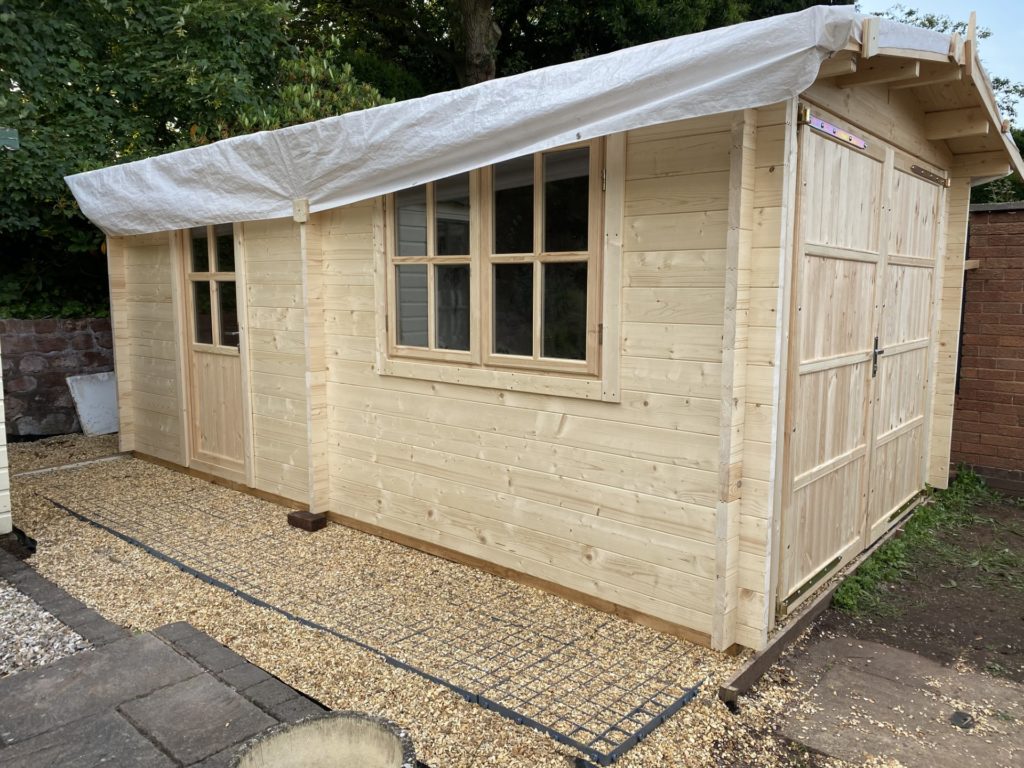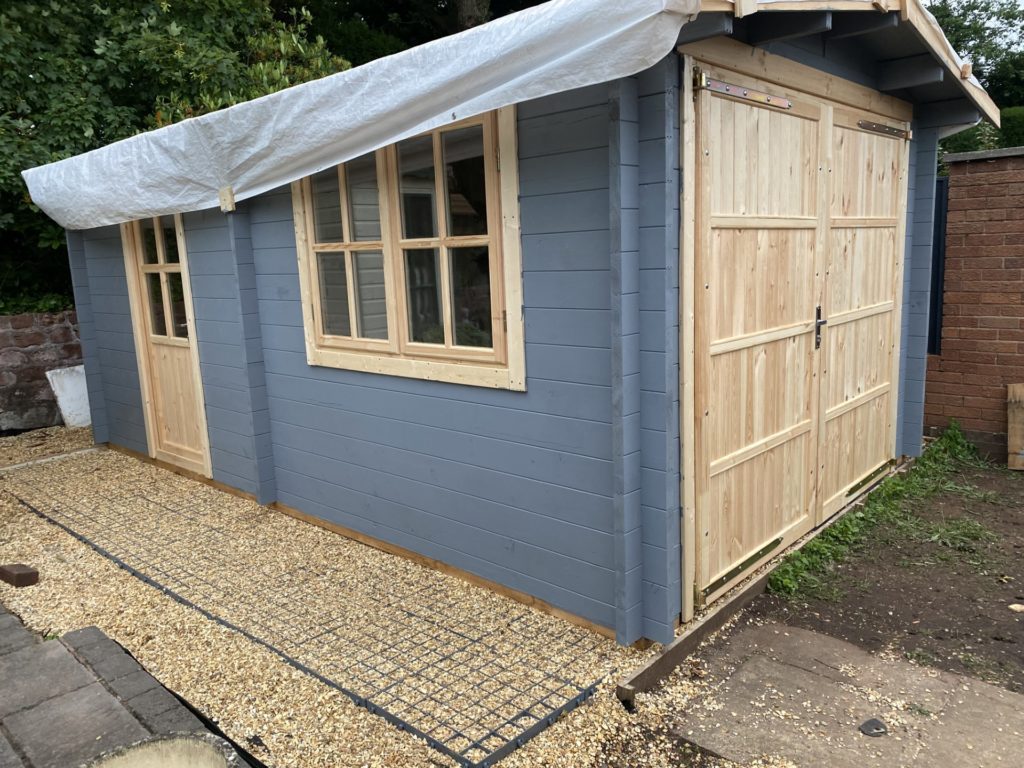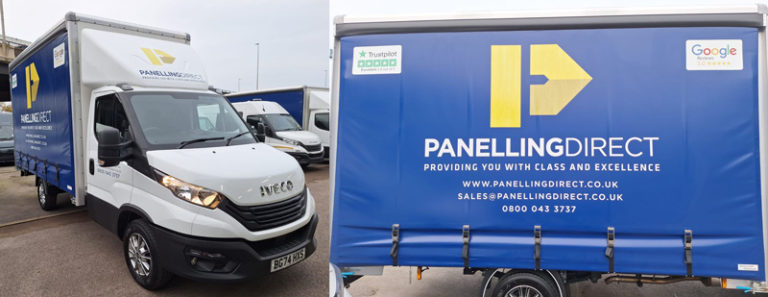
If you’ve been looking into ways to improve the exterior or interior of your home, you may have come across the term “matchboard cladding”. It’s popular for adding style, texture, and insulation to walls. But what exactly is matchboard cladding, and why should you consider it for your project? In this post we’ll explain everything you need to know about matchboard cladding, helping you make the right decision for your next renovation.
What Is Matchboard Cladding?
Matchboard cladding is a type of wooden panelling used to cover interior and exterior walls. It is made up of long, narrow boards that interlock with each other to create a smooth appearance. These boards have tongues (protruding edges) and grooves (slots) along their sides. The tongue of one board fits into the groove of the next, hence the name “tongue-and-groove” cladding. This close fit gives a clean look and helps the structure remain stable and well-protected from the elements.
The History of Matchboard Cladding
Matchboard cladding has been around for ages (centuries!). Initially, it was all about keeping homes durable and weatherproof, especially in chilly areas. The way the boards lock together helped to keep the wind, rain, and snow out, and the wood itself provided some insulation, too.
As time passed, matchboard cladding went from being practical to being a style choice. Nowadays, it’s prized for its traditional, rustic look, which works well with all kinds of designs, from sleek modern homes to charming cottages.
Where Can You Use Matchboard Cladding?
One of the best things about matchboard cladding is how versatile it is. You can use it in so many different settings, such as:
Exterior walls: Looking to spruce up the exterior of your home? Consider installing matchboard cladding to give it a stylish, consistent look. This type of cladding is perfect for cabins, beach houses, and any other architectural styles that call for a warm, natural wood aesthetic.
Interior walls: If you love that cosy, rustic feel, you can add matchboard cladding to the inside walls of your home. This will make your rooms feel warm and inviting—like a log cabin or country cottage.
Ceilings: You can also use matchboard cladding on your ceilings to create a cool textured surface that brings a lot of character to your space.
Outbuildings: Don’t forget about your garages, sheds, and barns! Matchboard cladding is a great option for these spaces, too. It’s tough and stylish, giving your outbuildings that extra something while keeping them well-protected.
Types of Wood Used in Matchboard Cladding
Each type offers a unique appearance, durability, and cost benefits:
– Pine: Pine is an affordable softwood with a light, natural look. You can leave it as-is or paint it to match your desired colour scheme. Just keep in mind that it’s less durable than hardwood and may need more maintenance.
– Cedar: Cedar is a popular choice thanks to its natural resistance to insects and wear. It has a distinct aroma and a beautiful reddish colour that weathers gracefully over time.
– Oak: Oak is a highly durable and long-lasting hardwood. While it’s pricier, its natural strength makes it perfect for areas with harsh weather or heavy use.
– Douglas Fir: Known for its stability and strength, Douglas Fir is a versatile softwood that’s commonly used for matchboard cladding. You can stain/paint it to match a variety of design preferences.
Advantages
Choosing matchboard cladding offers several advantages, both aesthetically and functionally:
1. Natural Look: Wood cladding creates a cosy and inviting natural vibe.
2. Durability: Wood cladding can last many years with the right care. Certain woods, like cedar and oak, are naturally tough against bad weather and pests.
3. Insulation: Wood naturally keeps your space cosy, helping you save on energy and making your home more comfortable.
4. Sustainability: When sourced responsibly, wood is an eco-friendly choice compared to synthetic materials like vinyl or metal. Plus, it’s renewable!
5. Versatility: You can use matchboard cladding in all kinds of settings, from modern homes to cute, rustic cabins. You can also paint, stain, or leave the wood in its natural state to match your style.

Installation How-To
Installing matchboard cladding is a process that requires attention to detail and care. Here’s what’s involved:
1. Preparing the Surface: Before getting started, clean the wall well and fix any cracks or uneven surfaces to create a smooth canvas for your cladding.
2. Applying a Weatherproof Membrane: When working on exterior cladding, it’s important to add a weatherproof membrane or barrier to protect the structure from moisture and the elements.
3. Installing the Battens: These thin strips of wood, called battens, are like the backbone of your cladding. Nail them onto the wall to create a sturdy framework for the cladding, ensuring that everything is properly spaced and securely attached.
4. Fixing the Matchboards: Now comes the fun part! Nail or screw each matchboard onto the battens, starting at the bottom and working upwards. Thanks to the tongue-and-groove design, each board fits snugly with the next.
5. Finishing: Once everything is in place, you can get creative! Paint, stain, or treat the cladding however you like to bring your vision to life.
Matchboard cladding is a fantastic choice for both indoor and outdoor use. It’s got that natural charm, lasts a long time, and helps with insulation. But before you decide, it’s important to weigh the costs, upkeep, and installation requirements. Whether you’re aiming for a cosy cabin feel or to shield your home from tough weather, matchboard cladding could be just what you need for your next home improvement project.
Getting a good grasp of the basics of matchboard cladding, such as its materials, perks, and installation, will help you make a smart decision that will spruce up your home and make it more practical for many years to come.










